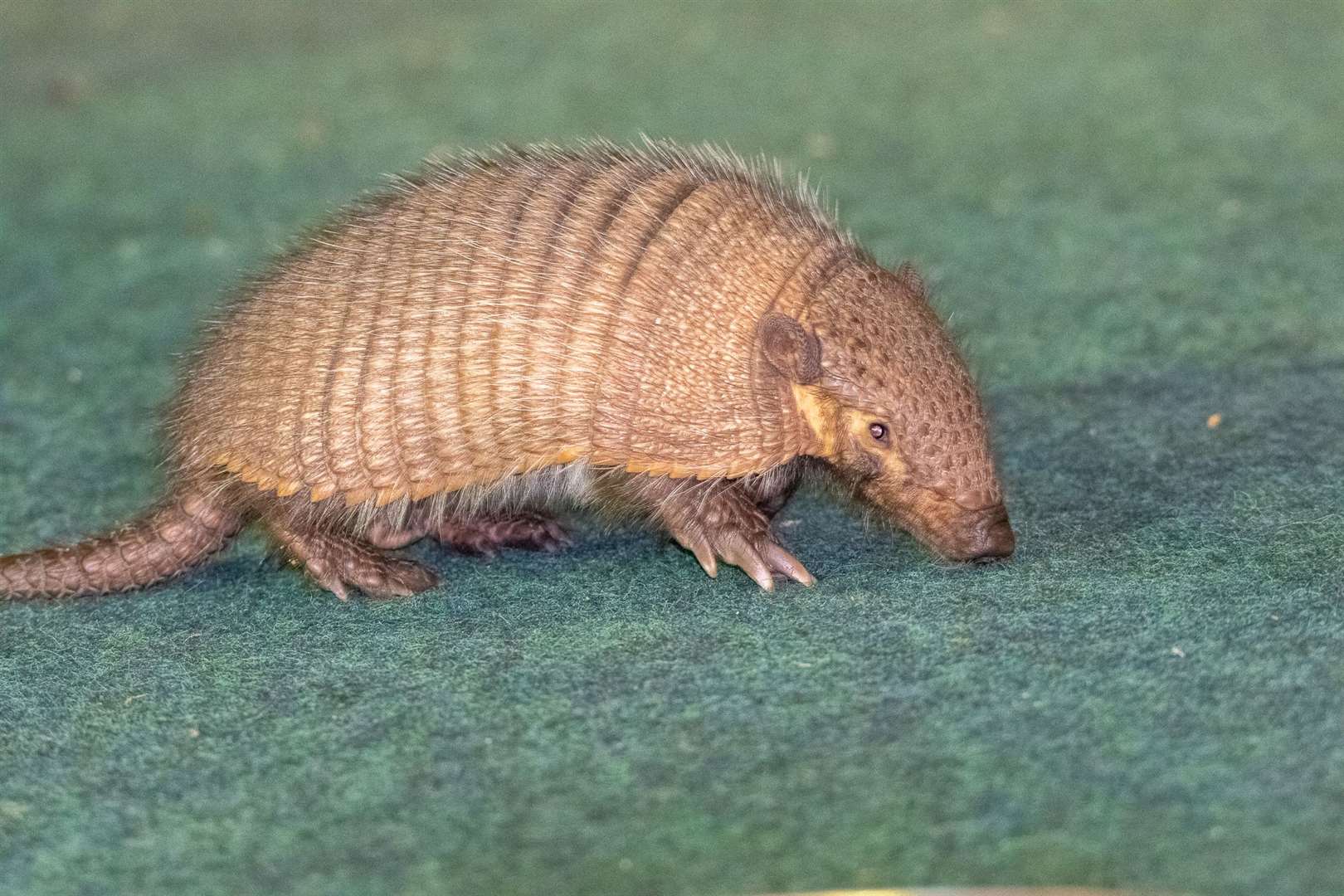


Jaguars are nocturnal animals that can hunt both during the day and at night. Hyenas are skilled hunters that can take down wildebeest or antelope. These animals can travel 25-40 kilometres per night in search of food. Hyenas are nocturnal animals that typically weigh between 50-100 pounds. Civets sleep during the day but wake up at sunset. These animals are nocturnal by nature and like to stay in trees and high places. You can be part of the solution by purchasing locally sourced produce to avoid contributing to armadillo habitat loss to crop conversion.Civets are small mammals that have long tails and spots on their fur. Three-banded armadillo populations are decreasing, primarily due to hunting for meat and habitat loss to agricultural conversion. At Zoo Atlanta, they receive a nutritionally balanced diet of commercially produced insectivore diet, waxworms and occasional crickets and fruits. In the wild, three-banded armadillos primarily eat ants, termites and beetle larvae. This species lives in areas of dry vegetation such as grasslands, marshy areas and open woods. Three-banded armadillos are found in central and eastern Bolivia, the Mato Grasso of central Brazil, the Chaco region of Paraguay, and northern and central Argentina. This animal ambassador lives behind the scenes at the Wieland Wildlife Home, but you could meet one at one of our evening events, at a pop-up animal encounter during your Zoo visit, or if you register for one of our education programs. This slow reproductive rate makes it challenging for the species to recover from population declines. Young armadillos nurse for about two and a half months and are sexually mature between 9 and 12 months of age. Babies are born blind but quickly develop the ability to walk and close their shells. After a gestation of about four months, females give birth to a single baby between November and January. Three-banded armadillos are primarily solitary animals, but they have been observed gathering in groups of up to 12 individuals, particularly in very cold weather. While their forefeet each have four separate toes, the three central toes of their hind feet are fused together, almost like a hoof. Their strong legs and claws enable them to remove bark to reveal insects or to rip into entire insect colonies. If a predator tries to penetrate the shell to reach the soft underbelly, the armadillo can quickly snap shut on the intruder. Rather than sealing completely shut, they often leave their armor partially open.
Are armadillos nocturnal or diurnal skin#
The front and rear portions of their shells are not attached to the skin on the side of the body, providing ample space to fit the animal’s head, legs and tail completely within the protective bony plating. Like human fingerprints, the pattern of armor plates on the head is unique to each individual. Their short, thick tails and elongated heads are also covered in armor.

They are named for the three bands across the mid-section of their back armor. Three-banded armadillos are blackish-brown in color and are relatively small compared to other armadillo species. They remain active year-round as their shells are excellent for trapping and retaining heat during the winter. Their claws also allow them to build nests or dig shallow dens in the vegetation, but some individuals prefer to use those abandoned by anteaters instead of digging their own. They have long, sharp claws on their front feet which help them dig for insects to eat. Due to their nocturnal nature, three-banded armadillos have poor eyesight but a keen sense of smell, which helps them locate food. Only one species of armadillo, the nine-banded armadillo, can also be found in North America. Like their closest relatives, anteaters and sloths, armadillos are native to Central and South America.


 0 kommentar(er)
0 kommentar(er)
